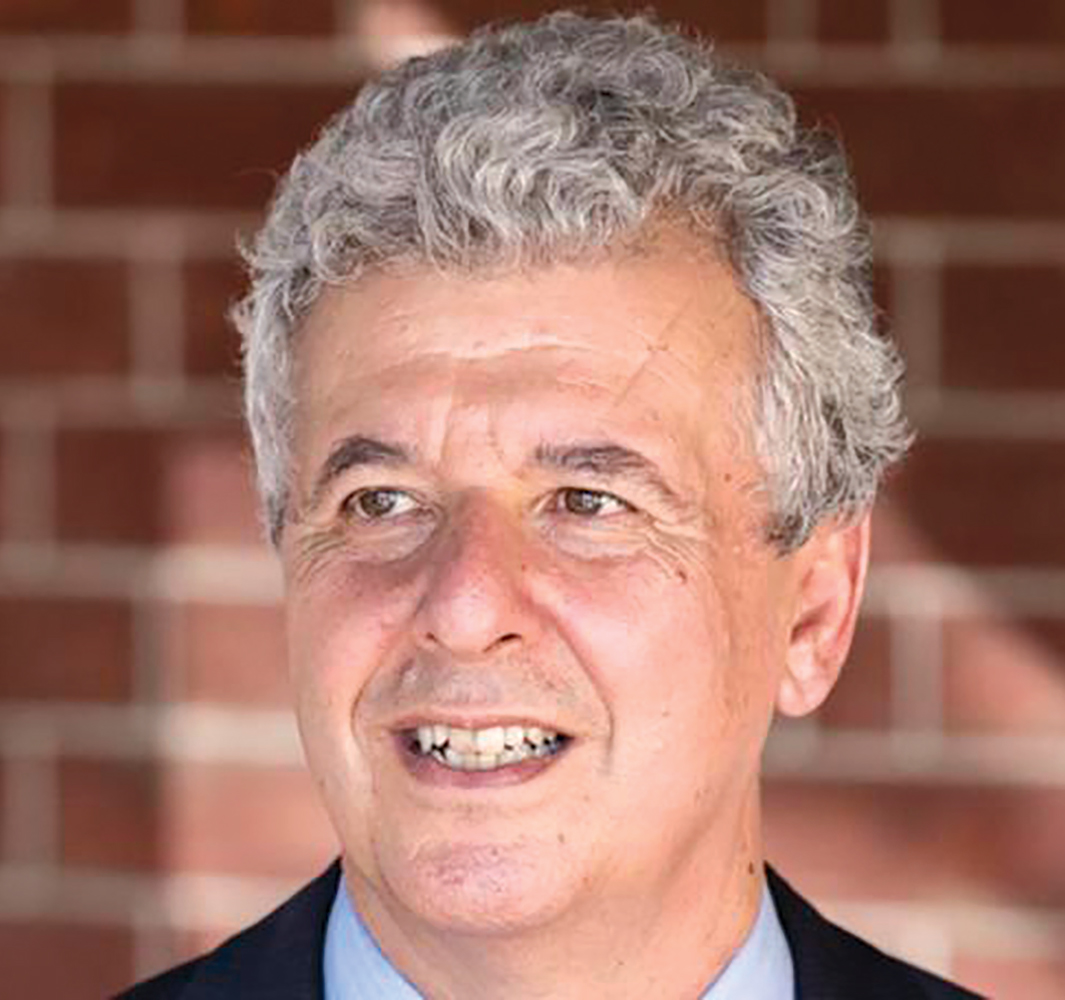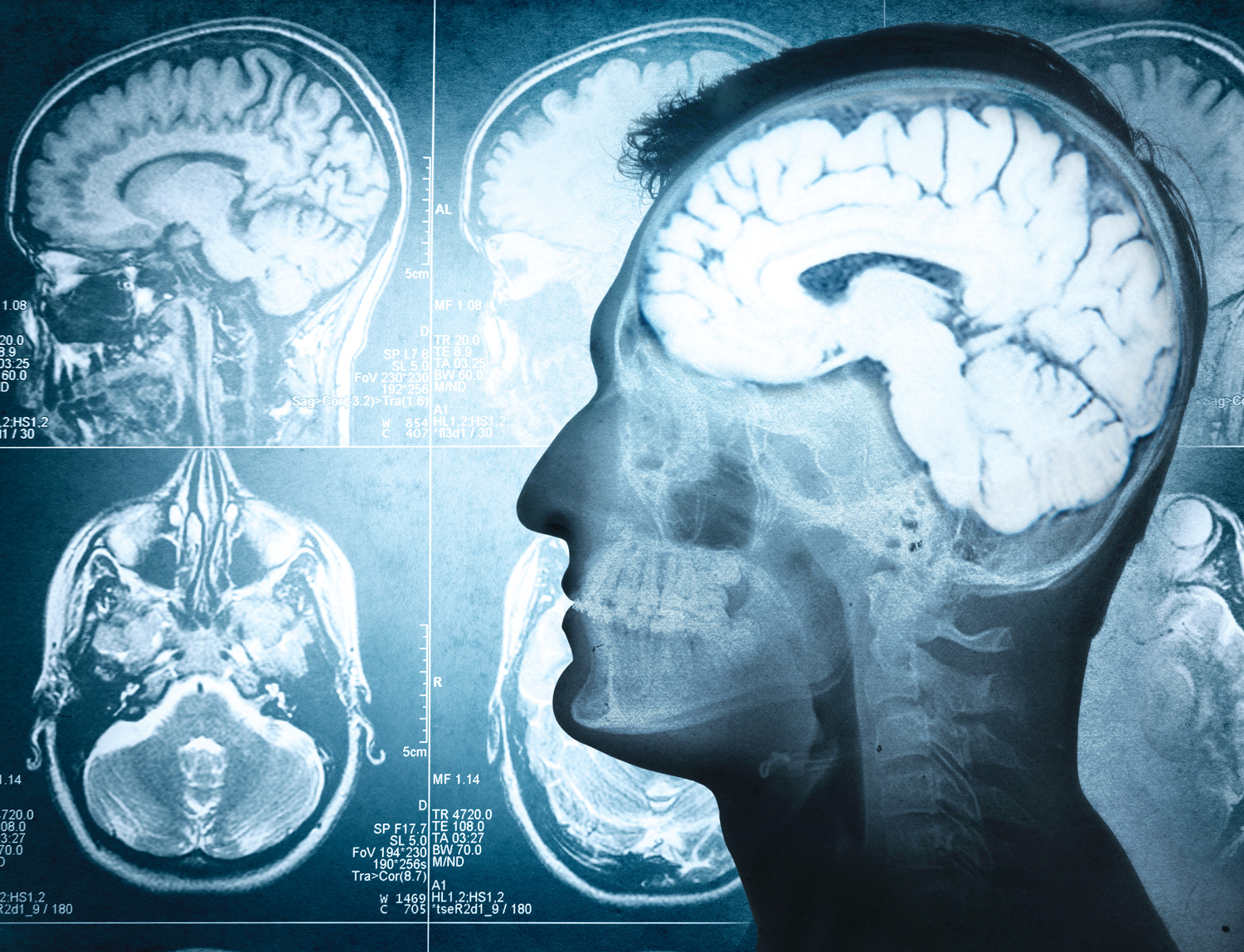 A lot of hope – and hype – surround the immunotherapy drugs flagged to treat Alzheimer’s disease. The jury is out on their real-life benefit, while the push continues for earlier diagnosis.
A lot of hope – and hype – surround the immunotherapy drugs flagged to treat Alzheimer’s disease. The jury is out on their real-life benefit, while the push continues for earlier diagnosis.
By Cathy O’Leary
The need for effective treatments is undeniable. Unless there is a medical breakthrough to seriously dent the predicted increase, the number of Australians living with dementia is expected to tip over 500,000 within two years.
And the big contributor will be Alzheimer’s disease, the most common form of dementia accounting for up to 70% of cases, as well as being the number one cause of death in Australian women, and the second biggest cause in men.
So, pressure is on to find ways to treat existing disease, as well as pick up very early symptoms that might be amenable to change, assuming effective drugs have come online.
Immunotherapies are already used to treat cancer, and some researchers believe that by clearing amyloid plaques from the brain, these drugs might be able to slow down Alzheimer’s disease.
But speakers at a recent webinar for Australian doctors have tempered some of the enthusiasm, arguing the results from trials are not conclusive, nor is there enough evidence that amyloid removal is the holy grail of Alzheimer’s prevention or treatment.
The event, hosted by health commentator Dr Norman Swan, was run in association with the WA Primary Health Alliance and several local Primary Health Networks, and featured two WA-based doctors.
They discussed not only latest advances in Alzheimer’s treatment – including the antibody drugs donanemab and lecanemab – but also the imperative to pick up and treat early dementia.

Professor Amy Brodtmann, lead of cognitive health initiative in the Department of Neuroscience at Monash University, said beta amyloid was still a primary hypothesis but many older people could have it in their brains and it might mean nothing.
“We’ve gone through huge stages, initially this was thought of as a senile disease that was a part of normal ageing, then it was thought to be a vascular degeneration in the brain, and then these two proteins tau and amyloid were considered important,” she said.
“The amyloid hypothesis as the driver, the trigger, and the reason for cognitive decline is certainly still one that is promoted by many. There are also people who think there are a lot of reasons for the brain failure that results in Alzheimer’s and dementia.
“When we look at the pathology, people don’t have just one pathology in their brain. They have amyloid and tau, and Lewy bodies that don’t just have to be seen in Lewy body dementia, and they have lots of vascular disease, particularly if they’re in their 70s and 80s.
“So, to think there’s just one protein that’s causing everything is a little simplistic.”
 Professor Leon Flicker, an expert in geriatric medicine at UWA and executive director of the WA Centre for Health and Ageing, told the webinar that about 30-40% of older people had amyloids in their brain and most of them would die without ever getting dementia.
Professor Leon Flicker, an expert in geriatric medicine at UWA and executive director of the WA Centre for Health and Ageing, told the webinar that about 30-40% of older people had amyloids in their brain and most of them would die without ever getting dementia.
“The median age of onset for dementia, or Alzheimer’s dementia, is about 82-83 years of age, so this is a condition of older people, and quite old people.
“The Alzheimer’s pathology would only explain about 40% of those people. About 25% is due to vascular, and about 15-20% is due to another protein TDP-43, and the alpha-synuclein is about 12%. So, the amyloid pathology doesn’t explain the dementia of the majority of older people.”
Dr Swan said that despite some uncertainties about the link between beta amyloid and Alzheimer’s, there was a lot of focus on ways to ‘hoover’ it from the brain with drug treatments.
Dr Brodtmann added that after two decades of failures, there had been recent success in removing amyloid, particularly with donanemab.
“But one of big issues is that the clinical benefits of the removal of amyloids seems fairly minor, and it’s difficult to know if it’s clinically significant. And in addition, we know that all of these drugs so far are associated with increased brain atrophy, which is concerning because we’ve always said that brain atrophy is a marker of brain degeneration. So this would suggest potentially that they’re degenerating faster.
“At the last couple of meetings where these drugs have been presented, people have said the (results) are proof of the amyloid hypothesis, but if it was proof then if you had no amyloid in the brain you shouldn’t continue to decline, and you shouldn’t continue to dement, yet people are.”
Selective studies
 Professor Flicker said another issue was that possibly 20% of people over the age of 60 had mild cognitive impairment, and not all were in the category that had been used in the drug studies.
Professor Flicker said another issue was that possibly 20% of people over the age of 60 had mild cognitive impairment, and not all were in the category that had been used in the drug studies.
“The studies have included people with mild cognitive impairment with amyloid protein, as well as people with early or mild dementia,” he said. “But It’s very difficult to extrapolate those results to a general population.
“These are people with nothing else wrong with them, (the studies) have screened out people with vascular damage, or co-morbidities, so they’ve picked a group which would be the best group for the drug early on, and it’s not clear how you would actually get that group on treatment generally.”
Dr Brodtmann said while there were many trial drugs in the pipeline, there was unlikely to be a single magic bullet.
“There is a lot going on in the brain, there’s not just one protein, so we’re going to need a cocktail of drugs, just like we have for treating any other complex disease,” she said. “There’s no cancer that is treated with one drug, and HIV isn’t treated with one drug.”
Dr Swan suggested that even if proven drugs were found, this was where the rubber hit the road for general practice, because there were calls for earlier diagnosis when drugs could be potentially more effective. That put pressure on GPs because the belief was that you had to get in early otherwise it was too late for the drugs to work.
Dr Brodtmann said that clinically the diagnosis was based on a patient’s presentation and function, so it was still on their history and impairment. Amyloid PET scans in non-research setting were very new, and mostly difficult to order.
“Blood biomarkers are exciting, and we can measure brain derived proteins in a simple blood test, but they’re very expensive and not that scalable,” she said.
“However, we don’t understand blood biomarkers’ clinical utility yet. We know they correlate with the diagnosis of different dementias in very selected populations who have been followed for months or years by research services.
“We just don’t know that if you were to take 1000-2000 patients and do a blood test, how good that would be at picking up someone who has current cognitive decline?
“We know that the test for amyloid correlates well with amyloid in the brain, but we also know you can have amyloid in your brain and be totally fine. So, we still need to learn more about their actual real-world utility.”
 Role of GPs
Role of GPs
Early diagnosis remained a key goal, using available tests as well as tapping into the vital role of GPs.
“GPs are very good at this, because they’re seeing patients more frequently than a specialist would, and they can detect red flags that family members have picked up,” Dr Brodtmann said. “Some GPs are comfortable at organising brain imaging, but there are limits that different practitioners can order.”

Dr Simon Torvaldsen, chair of the AMA WA’s Council of General Practice and experienced in aged and palliative care, told the webinar that resources were finite, and picking up early cases was not easy to do.
“GPs are pretty good but we’re not miracle workers,” he said. “We’re pretty good at picking up people once they’re functionally impaired and they’re at the point where they need support or to be considered for some of the drugs we already have.
“But if we’re talking about picking up people at the very early stages, you’re talking about screening programs, and that’s very resource and time intensive. In my practice, the last time we checked, it’s got something like 3000-4000 patients over the age of 70.
“There are opportunity costs, because if we spend the time and money and resources to do this, what other things are we not doing?
“It’s a fallacy that resources are unlimited, and from my point of view as a GP, the treatment and pick-up rates, and the outcomes have to be worth the investment, and governments will have to put some money in, which they’re notoriously reluctant to do.”
Dr Torvaldsen argued that to have functional and accessible general practice, it needed to be viable, including having longer consultations so that issues could be picked up rather waiting for screening.
“If we’re talking about these blood tests, who is going to select which patients, and what other things might miss out?”
Professor Flicker said 90% of people will present with dementia that is of Alzheimer’s-type but that is not the pathology – only 40% of that diagnosis is explained by Alzheimer’s pathology – and that was one of the great misnomers.
Scaling back drugs
“When people are old and get dementia, which is usually of the Alzheimer’s dementia type, it’s all mixed pathology. When I’m looking at someone with dementia, all the co-morbid conditions are equally as important, and we may have to look at de-prescribing.
“One of the problems is that we spend 15 years teaching doctors to prescribe, and we teach de-prescribing in an afternoon and I’m sure my GP colleagues will know how hard it is.
“If someone is on a bunch of medications, started by different specialists and GPs, you’re trying to work out how you can stop some of them, and that requires a great deal of time. But it’s a really rewarding part of trying to get someone thinking better.”
Dr Torvaldsen agreed it was very hard to de-prescribe, and GPs struggled to do it in general practice and in aged care facilities.
“It’s quite difficult when drugs have been started in hospitals, for reasons that are not always clear in the discharge summaries – if we ever get to see them – and with an anxious family saying, ‘oh no, the specialist started them on that, you can’t stop it’. There is the fear that if we stop their medication and they have a stroke next week, we know who’s going to get blamed.
“It’s very easy to start medication but it can be very difficult to stop it.”
 Prevention for all
Prevention for all
Professor Flicker also stressed the importance of prevention – targeting the usual recommendations of exercising, not smoking and losing weight. And the whole point about promoting preventive measures was that it is for everyone rather than trying to pick people at risk of dementia.
“It is a classic example of the preventative paradox – you are better off trying to move the whole population a little bit along the curve, rather than trying to work out who is at risk and getting them to do something, because then it will all have dementia effects.”
Dr Torvaldsen said enormous amounts of time, effort and money were at stake with Alzheimer’s diagnosis, particularly if considering widespread use of PET scans and other tests.
“I pose the question, what if we put even a fraction of those resources into things that we know are going to make a difference, and for half the cost, we’ll get just as much bang for the buck.”

